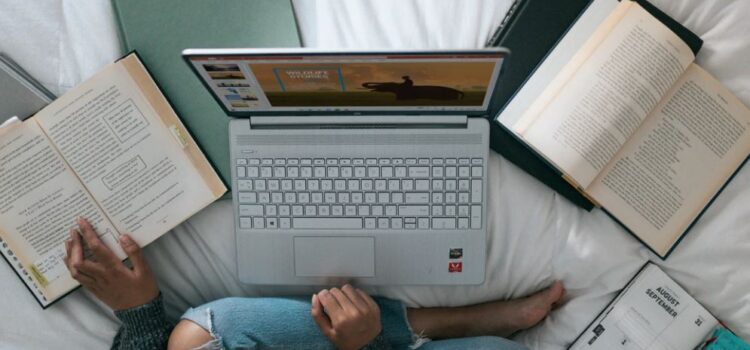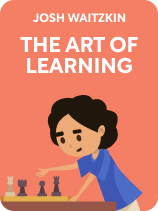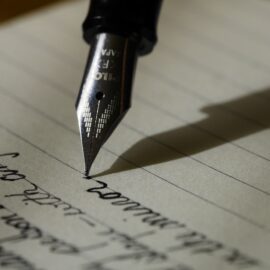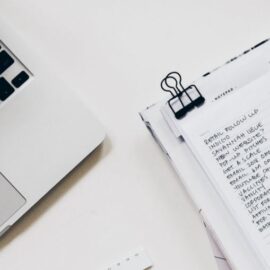

This article is an excerpt from the Shortform book guide to "The Art of Learning" by Josh Waitzkin. Shortform has the world's best summaries and analyses of books you should be reading.
Like this article? Sign up for a free trial here .
What’s the key to effective learning? How do you know when to stop and take a break?
When it comes to learning, there are no clear, sharp lines that indicate what to do, where to stop, and so on. For example, your body gives no obvious indication of when you’ve reached your mental limits, so you have to learn to sense when that edge is near. According to Josh Waitzkin, the key to effective learning is to balance three tensions: 1) exertion and relaxation, 2) process and results, 3) the technical and the creative.
Here’s how to supercharge your learning by balancing the three tensions.
Tension #1: Exertion and Relaxation
Properly managing how you stretch your limits, and how you recover, is one key to effective learning. Stretch far enough that you’ll expand your limit, but not so far that you hurt yourself mentally or physically.
For example, you have to learn your muscular limits when exercising. You can easily push too far, or not far enough—the key is to find an “optimal tension” somewhere in the middle, and maintain it as best as you can.
(Shortform note: In yoga, the balance of tension and relaxation centers around your “edge”—a point in the posture that offers just the right balance of challenge and ease. We can extend this notion of a “growth edge” to many areas of life. For example, you might find that in the workplace, you have an emotional edge around speaking up in big meetings, and can stretch into it just a bit at a time in order to grow. Or in language learning, your edge might be conversation that’s just a bit more complex than you can yet understand—an opportunity to stretch your mind toward new linguistic capacities.)
On the micro-level, effective cycling of effort and rest is key to building muscles and minds. Think of burnout—if you work nonstop, you’ll eventually crash, so it’s essential to rest at intervals in your workflow.
On the macro-level, Waitzkin argues that all competitors go through periods of toughness and periods of softness. Being present to those periods helps you maintain self-compassion and grow at a healthy pace. For example, athletes need both the off-season and a regular competitive schedule to stay fit and healthy.
(Shortform note: Modern athletic programs consider rest and recovery essential to effective training. Michigan State University notes that both short-term recovery (like cooling down after practice) and long-term recovery (like the off-season) play a role in maintaining athletic well-being. Related to this, Waitzkin draws on the Tao Te Ching to suggest that exertion and relaxation are yin and yang: mutually essential, each implied in the other.)
Tension #2: Process and Results
As we explained in Theme #2: Growth Comes From Trial and Error, you need a long-term, process-oriented mindset to grow effectively. At the same time, Waitzkin says to use results to understand how you measure up, while remembering that where you stand isn’t the whole point. Finding enjoyment in the process itself is a more sustainable focus.
For example, applying for your dream job will tell you whether you’re competitive. But what you do with the result—whether you get it or not—determines whether you’ll grow or regress.
(Shortform note: Maslow’s hierarchy of needs suggests that the opportunity to build your life around a personal growth journey, like Waitzkin did, means that you have your basic needs covered. From his anecdotes, Waitzkin appears relatively privileged, with his material needs taken care of, a loving and supportive family, plenty of friends, tropical vacations for relaxation, and so on. This enabled him to focus on self-actualization, the highest level of Maslow’s hierarchy. So while hard work did play a role in his success, Waitzkin also fits Malcolm Gladwell’s definition of an “outlier”: Multiple favorable circumstances, like the above, enabled his efforts to work out as they did.)
Tension #3: The Technical and the Creative
Skills have two aspects, according to Waitzkin: the practical, technique-focused side, and the creative, emotional side. Becoming excellent requires that you develop both of these, attaining a solid technical foundation without letting technique override your passion for the skill.
For example, many independent filmmakers commit to expensive projects fueled by their passion for the medium. But you can’t just point a camera and yell “action;” you need to actually know what you’re doing. At the same time, don’t let prescriptive training methods—which tend to mold everyone to a single style—dampen your unique artistic spirit.(Shortform note: The history of jazz education provides an interesting counterpoint to Waitzkin’s argument. Many jazz musicians learned simply by listening to recordings and trying to figure out how to play what they heard, without formal technical instruction. Considering that Waitzkin wrote The Art of Learning as a reflection on his life, it might be that he didn’t consciously develop his personal style when he was only 6 years old. Maybe he learned more like a jazz musician—picking things up through observation and intuition, as opposed to a systematic effort to develop his creative side.)

———End of Preview———
Like what you just read? Read the rest of the world's best book summary and analysis of Josh Waitzkin's "The Art of Learning" at Shortform .
Here's what you'll find in our full The Art of Learning summary :
- Life advice from chess prodigy and tai chi World Champion Josh Waitzkin
- Detailed looks at the psychological and technical sides of skill-building
- How to build any skill from the bottom-up






